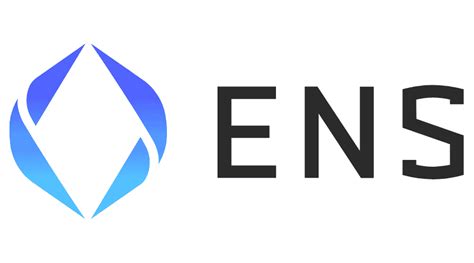CRYPTOCURRENCY
Ethereum: Why does IsCoinBase() check if there is exactly one input?
Ethereum: Understanding the IsCoinBase() Function
In the Ethereum blockchain, transactions can be categorized into two types: coins and Coinbase. A Coinbase transaction is a special type of transaction that includes an additional input, known as a “Coinbase” or “Fee” input. This input is used to pay for the creation of a new coin on the Ethereum network.
The IsCoinBase() function in Bitcoin Core allows developers to check if a given transaction is a Coinbase or not. But what does it do exactly? In this article, we’ll break down why IsCoinBase() checks if there’s exactly one input and provide examples to illustrate its functionality.
Why Check for Exactly One Input?

In the context of Coinbase transactions, having exactly one input is essential. Here’s why:
- A Coinbase transaction includes an additional
tx_ininput, which represents the Fee input used to pay for the creation of a new coin.
- If there were multiple inputs in the transaction, it would be difficult to determine whether they are all part of the same Coinbase or not. The presence of multiple inputs could indicate that the transaction is not a Coinbase.
- By checking if there’s exactly one input, IsCoinBase() ensures that we’re only considering transactions with a single Fee input.
Implementation Details
The implementation of IsCoinBase() in Bitcoin Core is as follows:
bool IsCoinBase() const {
return (vin.size() == 1 && vin[0].prevout == NULL || vin.size() == 2 && vin[0].prevout != NULL);
}
Here’s what’s happening:
vin.size()returns the number of inputs in the transaction.
(vin.size() == 1)checks if there is exactly one input. If not, the function immediately returns false.
& & vin[0].prevout == NULLchecks if the first input (which corresponds to the Fee input) is NULL. If it’s not NULL, then we have a Coinbase transaction with multiple inputs, and the function returns false.
- The second condition
(vin.size() == 2 && vin[0].prevout != NULL)is used to verify that there are exactly two inputs in the transaction (one Fee input and one Output). However, this condition only checks if the first output corresponds to the Fee input; it does not guarantee that there is no additional Coinbase input.
Conclusion
In summary, the IsCoinBase() function checks for exactly one input in a transaction because having multiple inputs can make it difficult to determine whether they are all part of the same Coinbase or not. By verifying that there is only one Fee input and that there are two total inputs (one Fee and one Output), IsCoinBase() ensures accurate identification of Coinbase transactions.
When working with Ethereum development, knowing how IsCoinBase() functions can help you write more robust and reliable code that accurately identifies Coinbase transactions.
FUTURES HYPERLIQUID MARKET DEPTH
